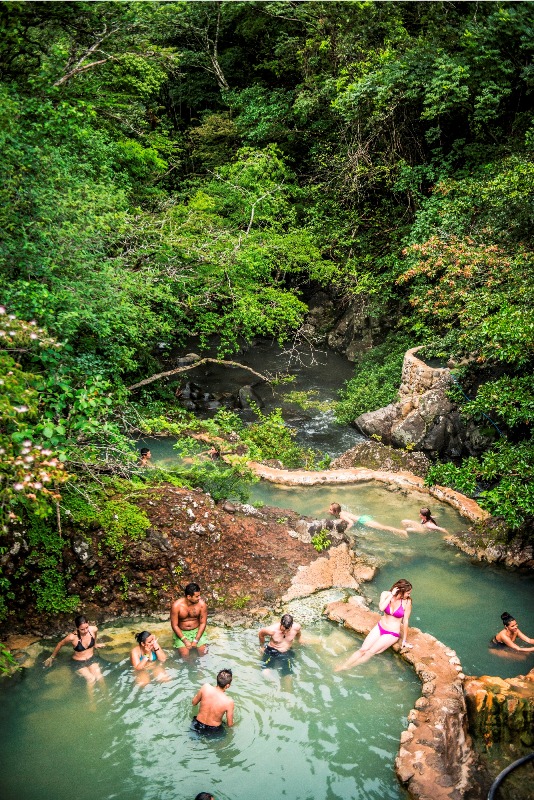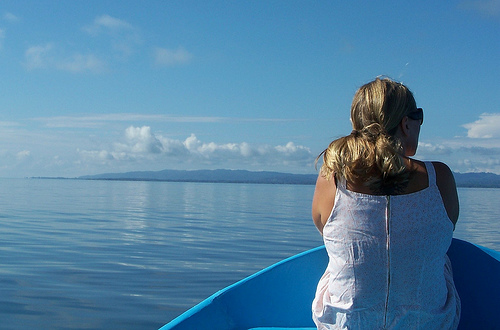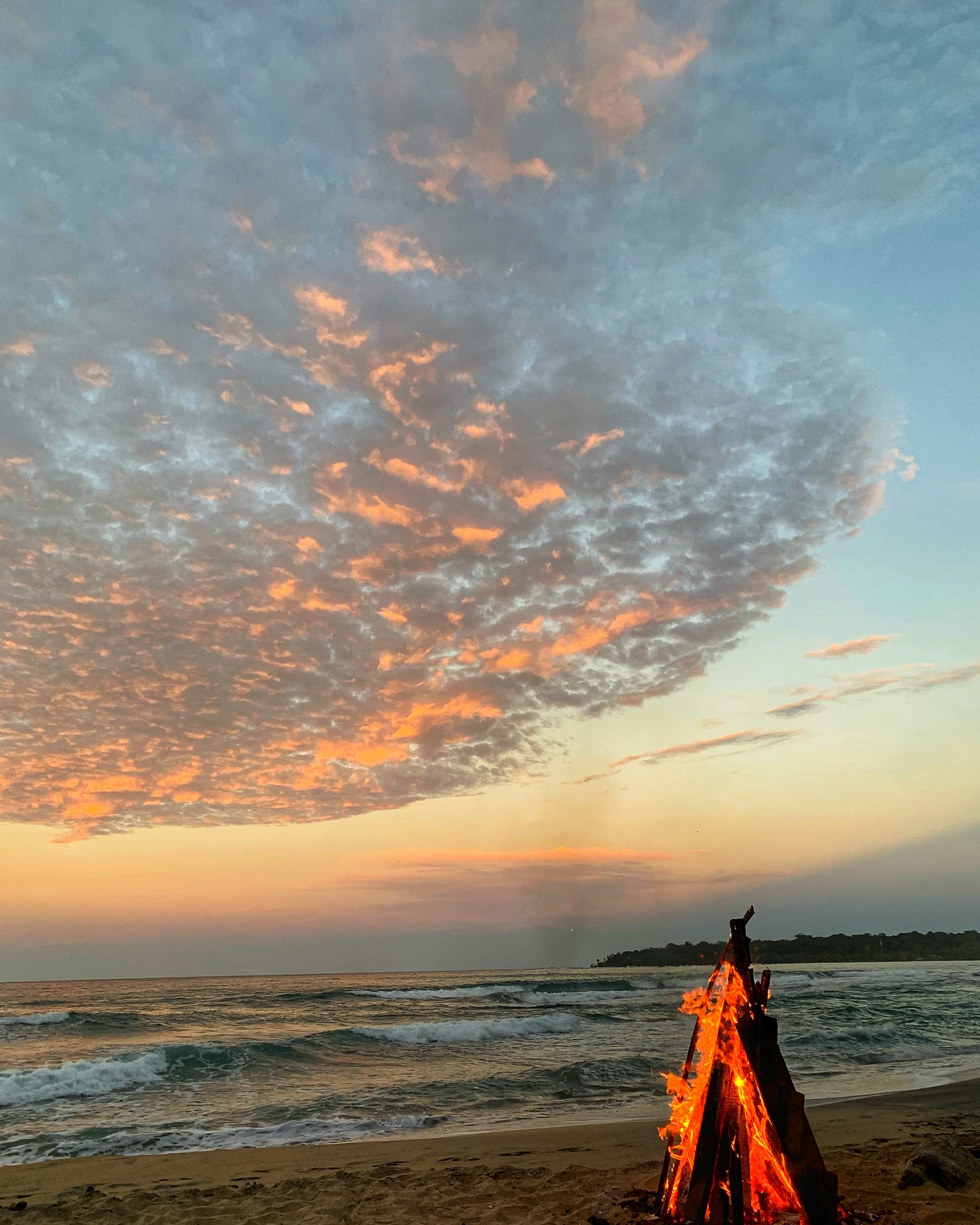Costa Rica’s Corcovado National Park is named one of the most spectacular in the world. Playa Nicuesa Rainforest Lodge is your gateway to visiting Corcovado National Park, Piedras Blancas National Park and the Osa Peninsula.
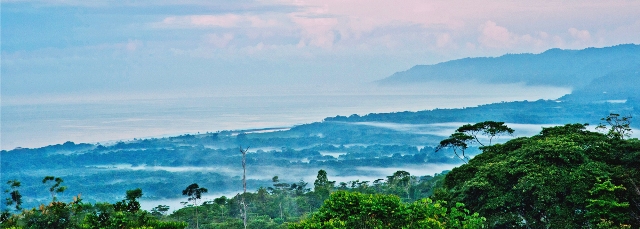
Article by Shannon Farley
Long renowned by National Geographic as “the most biologically intense area in the world when it comes to biodiversity”, the Osa Peninsula in southern Costa Rica – which is home to the Corcovado National Park, Piedras Blancas National Park, and a few other private reserves – is one of the most pristine places on the planet for nature lovers.
In recent months, Costa Rica’s Corcovado National Park was ranked first of the Top 10 Best National Parks in the World by Discovery Corp., and took third place in the list of 25 Most Spectacular National Parks in the World published by the Spanish daily El Pais.
There are few places in the world where you can feel like you’ve entered a nature documentary in person. Bridging North and South America and the Pacific Ocean and Caribbean Sea, Costa Rica is one of those places. The Osa Peninsula is estimated to hold 3% of the world’s biodiversity and be home to half of the animal species in Costa Rica.
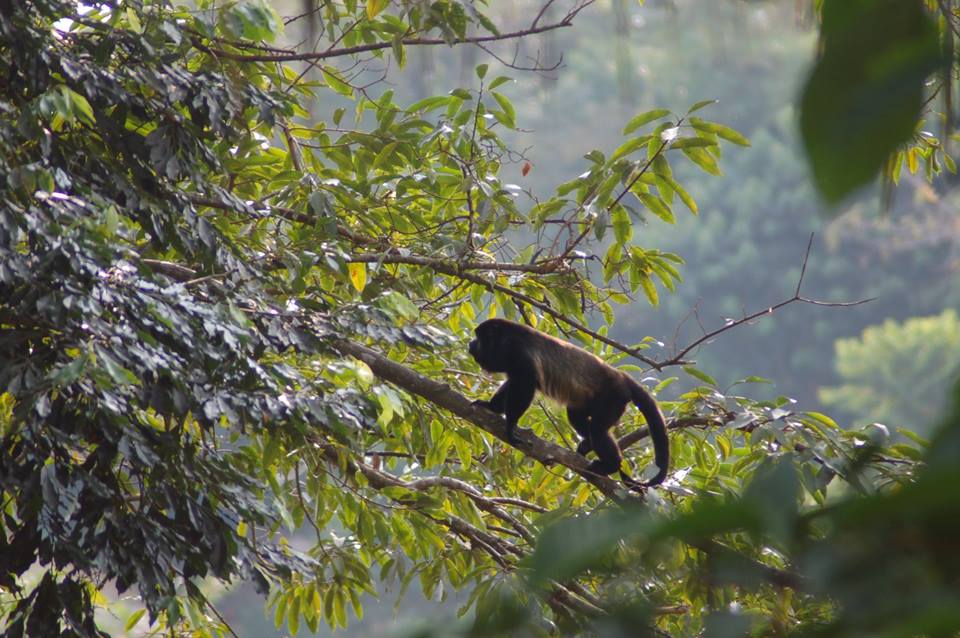
This is the wilder side of Costa Rica. A remote place of rugged mountains, freely flowing rivers, plunging waterfalls, dramatic beaches, and magnificent towering trees in dense rainforest, where jaguars and tapirs roam, Scarlet Macaws soar overhead, and humpback whales, dolphins and sea turtles swim in the blue Pacific.
Between the Corcovado and Piedras Blancas national parks, the Golfo Dulce Forest Reserve and the Golfito National Wildlife Refuge, the immense biological corridor surrounding the gulf of Golfo Dulce protects an incredible variety of wildlife, including: all five species of Costa Rica wild cats (jaguars, ocelots, margays, jaguarundis and pumas), four kinds of monkeys in Costa Rica (spider, howler, white-faced capuchin, and endangered squirrel monkeys), two types of sloths, two kinds of anteaters, Baird’s tapirs, peccaries, hundreds of species of frogs, 6,000 species of insects. The region is considered to be one of the best bird-watching locations in Costa Rica, with close to 400 species recorded, including rare Scarlet Macaws and Harpy Eagles, toucans and parrots.

Declared a protected area in 1975, the Corcovado National Park covers 165 sq. miles (42,750 hectares) on land and 20.7 sq. miles (5,372 hectares) of marine territory. Access is restricted to guided tours only. The main entrances to the park are at La Leona by the village of Carate to the south, San Pedrillo to the northwest, Los Patos to the east, and by boat or plane to the park headquarters at Sirena.
One-third smaller, the Piedras Blancas National Park preserves 54 sq. miles (14,019 hectares) of rainforest and beaches by the Golfo Dulce. It used to be part of the Corcovado National Park, called the Esquinas Sector, until becoming a separate park in 1993. The area was heavily logged and hunted until it was fully protected as a national park.
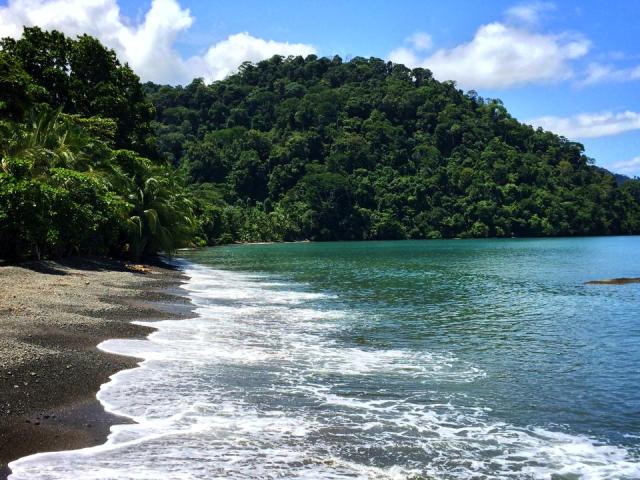
How to visit the Osa Peninsula
You can visit Piedras Blancas National Park and Corcovado National Park when you stay in the region at Playa Nicuesa Rainforest Lodge. The top Costa Rica ecolodge has a private 165-acre preserve bordering the Piedras Blancas National Park, and they offer a guided day tour to Corcovado.




